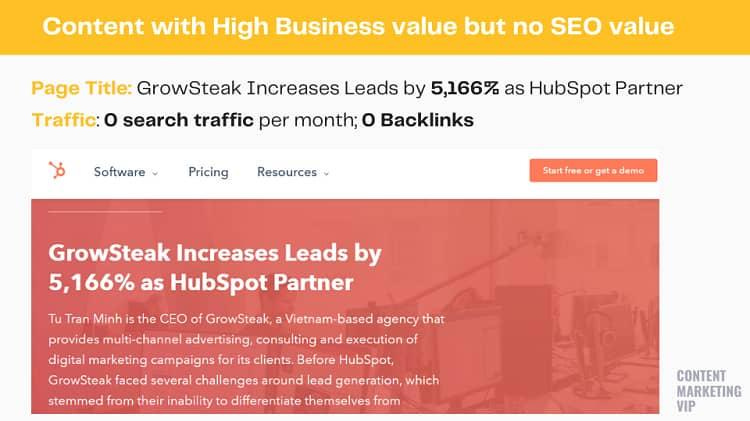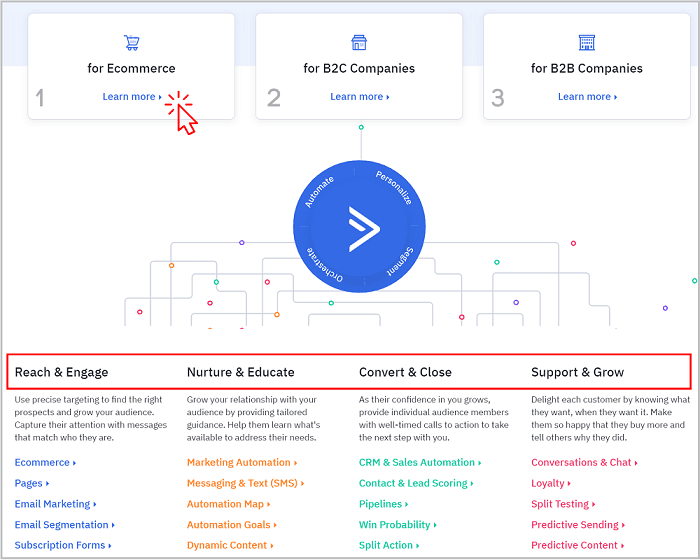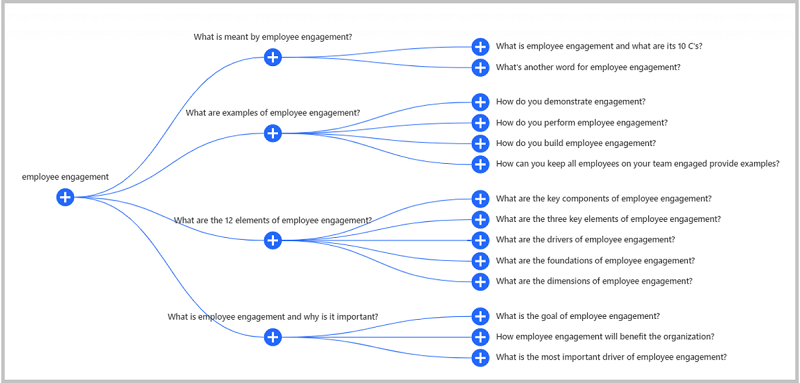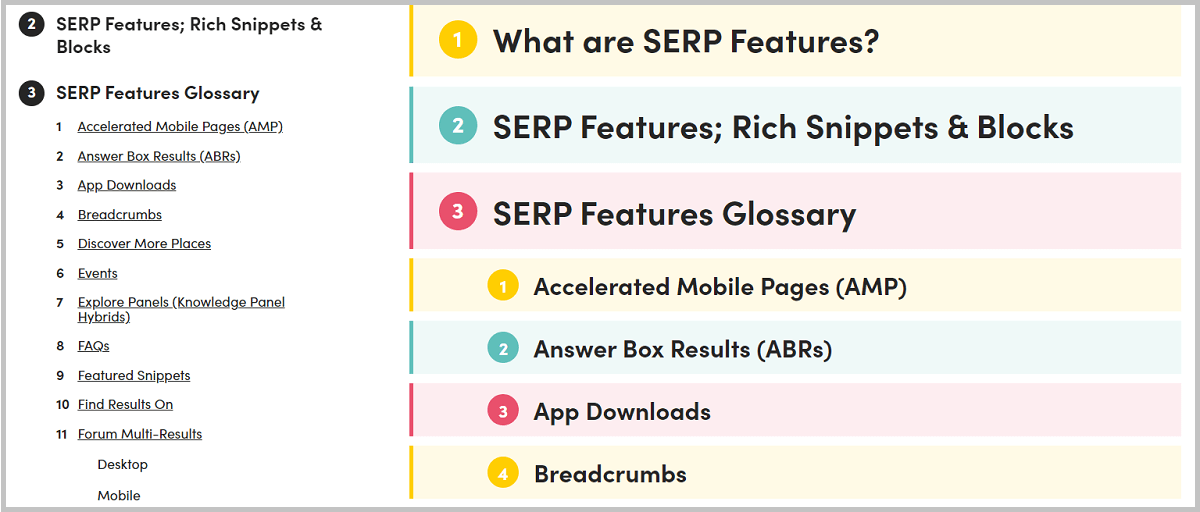#049 Content Marketing Newsletter
Create content that have low SEO value but high business value.
🎯 Actionable Insights
💡 1. Why You Should Also Create Content That Has low SEO Value But High Business Value
As a content marketer, your goal is not just to drive traffic to the site. Instead, the goal should be aligned with the end goal, which is conversion (in most cases).
But the common mistake you'll often see is a lack of content that supports the bottom of the funnel stage.
Let me cite two examples.
1/ Content With High SEO Value
One of Hubspot's articles is getting 6k+ organic visits per month for the search term ‘real estate CRM software.’
Here, the article has a high SEO and business value.
2/ Content With Almost Zero SEO Value But With High Business Value
Another article from HubSpot is about a customer’s success story that gets 0 organic visits per month.
But the business value of this customer success story is high as the same content can be used as social proof and customer reviews.
As a result, chances of improving conversion.
Action Items→
1/ Start with a content audit and identify if there's a content shortage for the bottom of the funnel stage.
2/ Look for available resources. Effective content types are case studies, customer success stories, work portfolios, etc.
💡 2. Create Content To Convert Visitors into Paying Customers
Are you creating content that helps your audience to make the purchasing decision?
Here are five types of content that your brand needs to create to influence the buying decision of your audience.
1. Pricing and cons
Make a list of products/services with the most opportunity for your company.
Now, create at least one article/video explaining:
Key factors that affect the pricing
Why are you charging more than your competitors? (if your offerings are competitively expensive)
Pricing questions that your team get asked most frequently
Example: Shopify’s article on eCommerce site cost is a great example.
2. Problems
Almost every company or product has some cons or problems.
Answer the following questions with honesty and transparently:
What does the competition say is negative about the thing we sell?
What do buyers see as the negatives of our product and services?
Example: An article on ‘Why You Shouldn’t Do Content Marketing’ written by a content marketing firm.
3. Versus & Comparisons
There will be some competitors to your brand, products, or services. Chances are people are already searching for queries like:
Your product vs. [competitor's products]Your brand vs. [competitor brand]
These are the queries that most brands are afraid to talk about, but your audience wants to know.
Example: HubSpot made an article comparing their tool and salesforce CRM.
4. Reviews
Make a list of your competitors and write either a list of the best companies in your niche or make reviews of any individual companies.
The important point here is making your content based on facts, not opinions.
For example:
What makes [your product] better than [competitor]Best companies in [your industry]
Example: Ahrefs showcases the unique features that their competitors don’t have.
5. Best in class
You'll find 'best of class' content in almost every industry.
For example:
Best SEO tools in 2021Best marketing agencies in India
The key here is to make a list transparently and make the content as data-driven as possible.
Example: Here’s an article from HubSpot where they list the best email marketing services.
👉 Insights From They Ask You Answer [Book]
💡 3. How To Segment Your Homepage When You Have Multiple User Types [e.g From ActiveCampaign]
When you have multiple target audience profiles, it becomes difficult to optimize the website’s home page.
Why?
Because your home page is generally the most visited page of the site and you cannot have multiple home pages for each audience type.
In that case, how to segment the homepage for different user types & better conversions?
Let’s have a look at the Home page of ActiveCampaign →
Just below the above-the-fold section, the home page is segmented into 3 three different types such as:
Ecommerce Business
B2C Companies
B2B Companies
And by clicking on any of these business types, you’ll visit the specific landing page.
For example, if you click on the eCommerce section, you’ll be directed to the eCommerce marketing automation page.
This approach guides the users to visit the most relevant landing page.
In this way, ActiveCampaign can easily segment its audience. Also, the users will be able to find the required information faster.
As a result, clear user flow and better conversion.
ActiveCampaign has also segmented the home page by buyers' journey to take this approach further.
Reach & engage
Nurture & educate
Convert & close
Support & grow
Action Items →
1/ When you have multiple audience types, segment the home page by user types, product use cases, or buyers’ journeys
2/ Connect each section to a specific landing page to give a more personalized experience to the users
3/ Track each click and visit from the segmentation
4/ Set conversion goals in Google Analytics to track the performance of specific landing pages
👉 Insights From Content Marketing VIP
🗓️ Learning Resources & Tools
Note: I have decided to change the content format here. Previously, I used to share only upcoming webinars & content marketing events.
Now, I will be focusing on upcoming events and published videos and articles (by industry experts).
Goal?
To provide actionable insights on content marketing and SEO that you can access right away.
💡 1. How the CXL Blog Went From 0 to 3 Million Visits/Year [Video Interview]
You might already have a ton of articles from CXL.com.
But did you know the CXL's SEO secrets that helped generate 3 million visits a year?
Check out this interview with Peep Laja (founder of CXL), where you’ll learn about:
Making content stand out
Content publishing frequency
How to use Pop-ups on the blog
Content distribution strategy, and more
💡 2. Qualitative Research for Differentiated Content with Derek Gleason
In this webinar, Derek Gleason (Content Lead at Shopify) has shared the qualitative research process for making content stand out from the rest.
Important topics covered:
Problems with content marketing tools
Building content differentiator
Filtering top results for SEO advantage
Performing content research and more
👉 Register For The eCommerce SEO Webinar
💡 3. A Free SEO Tool That Helps You Visualize 'People Also Asked' Questions
‘People Also Asked’ section in the SERP helps you identify:
Questions related to the search term
Search intent
With the free SEO tool (called AlsoAsked), you can now visualize the entire ‘People Also Ask’ questions.
Example for the term 'employee engagement
This helps you quickly analyze the questions and their relevance for any specific search term.
👉 Try AlsoAsked and Find Relevant Questions For Free
💬 SEO & Content Marketing Wisdom
💡 1. Importance of UX in SEO
"UX matters for SEO. You can have the best content and links, but if your main font is gray and thin, users might still bounce and send a negative signal.”
- Insights From By Kevin Indig (SEO lead at Shopify)
💡 2. How To Make Your Articles Stand Out
“9 ways to make your content stand out:
Custom illustrations/graphics
Interview/quote industry experts
Add more FAQs
Include a case study
Use proprietary data
Build a tool
Make it interactive
Use a different content format
Make it more in-depth."
- Insights From By Sam Underwood (Ecommerce SEO consultant)
💡 3. Points To Make Your Content Engaging
“How to write engaging content in a world of short attention spans:
Use simple words.
Write for skimming.
Make your point… Fast.
Use more periods. Less commas.
Shorten the introduction.
Bold the takeaways.
Add in visuals.”
- Insights From By Benji Bateman (Sr. Content Manager at @Thomas)
🆕 What’s New
💡1. SERP Features Glossary | List of 40+ Types of SERP Features
Google is continuously improving SERP to provide fast and accurate information to users.
Therefore it’s important to get familiar with different types of SERP features and how to use them in your SEO strategy.
Learn about different types of SERP features with examples.
What you’ll find:
Different types of SERP features
How does it impact your SEO results
What to do to compete
💡 2. Free Online Course on Content-Led SEO (From Backlinko + Semrush)
Learn the fundamentals and strategies of content-led SEO that helped Brian Dean to grow Backlinko.com to 820k monthly organic visitors.
You’ll learn about:
Proven link building strategies
Process of creating content that ranks well, and more
😄 Have Some Fun








